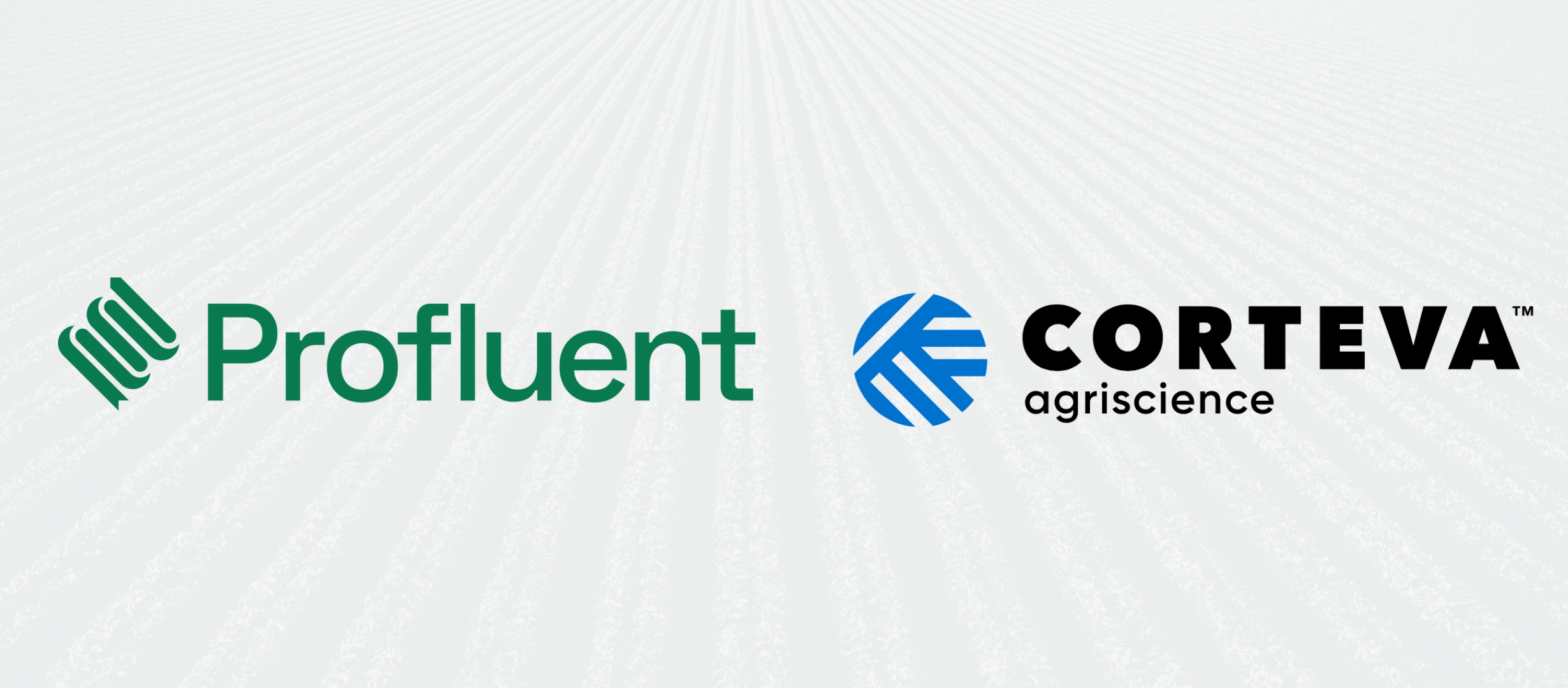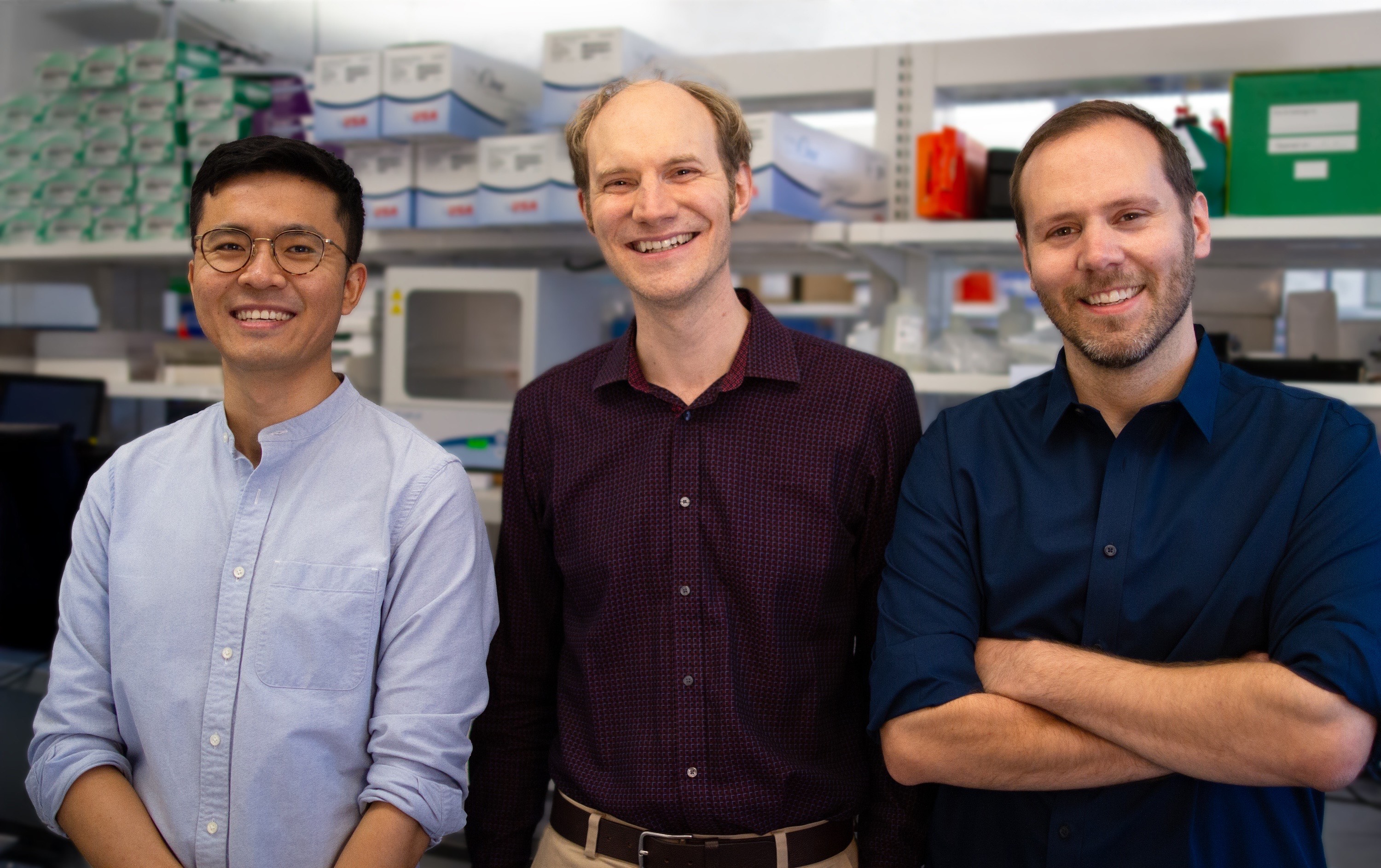Towards data-driven biotechnology
Towards data-driven biotechnology
Want to know whether a company is fit for the future? Measure what it does with bytes, not barrels.
Data centers are the new oil refineries, argues The Economist. Where black sludge and steam once marked the beating heart of the economy, now blinking servers laced with fiber optic cables indicate where the action is.Biotechnology — like all other industries — must adapt. Synthetic biology teams that embrace modern tools like cloud computing, professionally built software, and laboratory automation will save time, reduce errors, streamline complex workflows, and maintain their agility in the digital economy. Those who fail to adopt new tools will be primed for disruption.Software is already an integral part of biological research, but most scientific apps lag far behind the rest of the digital frontier. As the software giant Autodesk puts it:
“Many times, the applications a scientist works with during the workday are far less advanced, far less secure, and deliver an inferior user experience compared to the applications this same scientist will use on a smartphone after work.”
Autodesk is among a fleet of companies trying to change that. They offer stylish tools for biological design, molecular modeling, cloud storage, and other computationally-intensive life science tasks.“Scientists should focus on design, not finding and implementing tools,” said Conny Scheitz, a principal scientist at Autodesk, at SynBioBeta 2016.

Autodesk’s applications let biologists focus on what matters. LEFT: The Genetic Constructor’s interface. RIGHT: Biomolecules on display at the Autodesk Gallery in San Francisco.Inspired by professional CAD packages used in other branches of engineering, Scheitz’s team developed the Genetic Constructor, an app built for biologists. Using its slick GUI, genetic constructs and libraries can be clicked into place and stored in the cloud. The tool is free for academics.Even depositing project data in the cloud rather than across disparate physical notebooks can help teams monitor progress and grease the wheels of collaboration. Networking laboratory instruments means data can be accessed as needed. In advanced cases, it can allow machines to be used around the clock. Fully cloud-run labs have emerged as science-as-a-service platforms, a new paradigm which could upend notions of what it means to run a biotechnology company.Riffyn, a pioneer in R&D software, believes better digital tools can improve productivity across biopharmaceutical, industrial biotech and food industries. By their own analysis, scientific error and poor data management cost the research community $100B annually.At SynBioBeta SF 2016, Riffyn announced a partnership with Novozymes, the world’s largest manufacturer of enzymes and microbial technology, to streamline how the company handles its trove of data.Synthego, a California startup selling genome editing toolkits, spent its formative years focused on software. It now builds its RNA products using internally-developed lab automation protocols and software management systems. By putting software first, the company also created apps others could use.Its free software package ICE (Inference of CRISPR Edits) allows anyone to analyze Sanger sequencing data. The tool was developed internally to spot on- and off-target CRISPR edits. Opening it up to the public aligns with Synthego’s mission to bring a simple genome editing experience to its customers. “Our ICE software puts high-quality gene editing analysis in reach for all CRISPR researchers,” said Kevin Holden, head of synthetic biology at Synthego, in a press release earlier this year. Better biotech software is an investment, to be sure — but not one a far-seeing company should skip. AstraZeneca recently embraced the cloud; CIO David Smoley tells Forbes that streamlining the biopharmaceutical giant’s digital workflow has saved the company hundreds of millions of dollars.

AstraZeneca is embracing its data-driven future. LEFT: The company’s new headquarters, under construction in Cambridge, England. MIDDLE: Robots running at scale. RIGHT: Data should drive every step of the manufacturing pipeline.AstraZeneca’s decision to go all-in on the cloud will help ensure it remains at the forefront of therapeutic research. In a field ripe for disruption — due to deep-pocketed investors looking to back the next blockbuster discovery — established companies cannot afford to be complacent.We will be taking a look at how the lab is getting smarter, cheaper, and more agile, in the SynBioBeta 2018 Lab of the future session. In our keynote session, Tim Gardner of Riffyn will be highlighting the community’s view of the defining moments in the history of synthetic biology, from tools to product commercialization. Share your thoughts here.



.svg)










.jpg)

.gif)